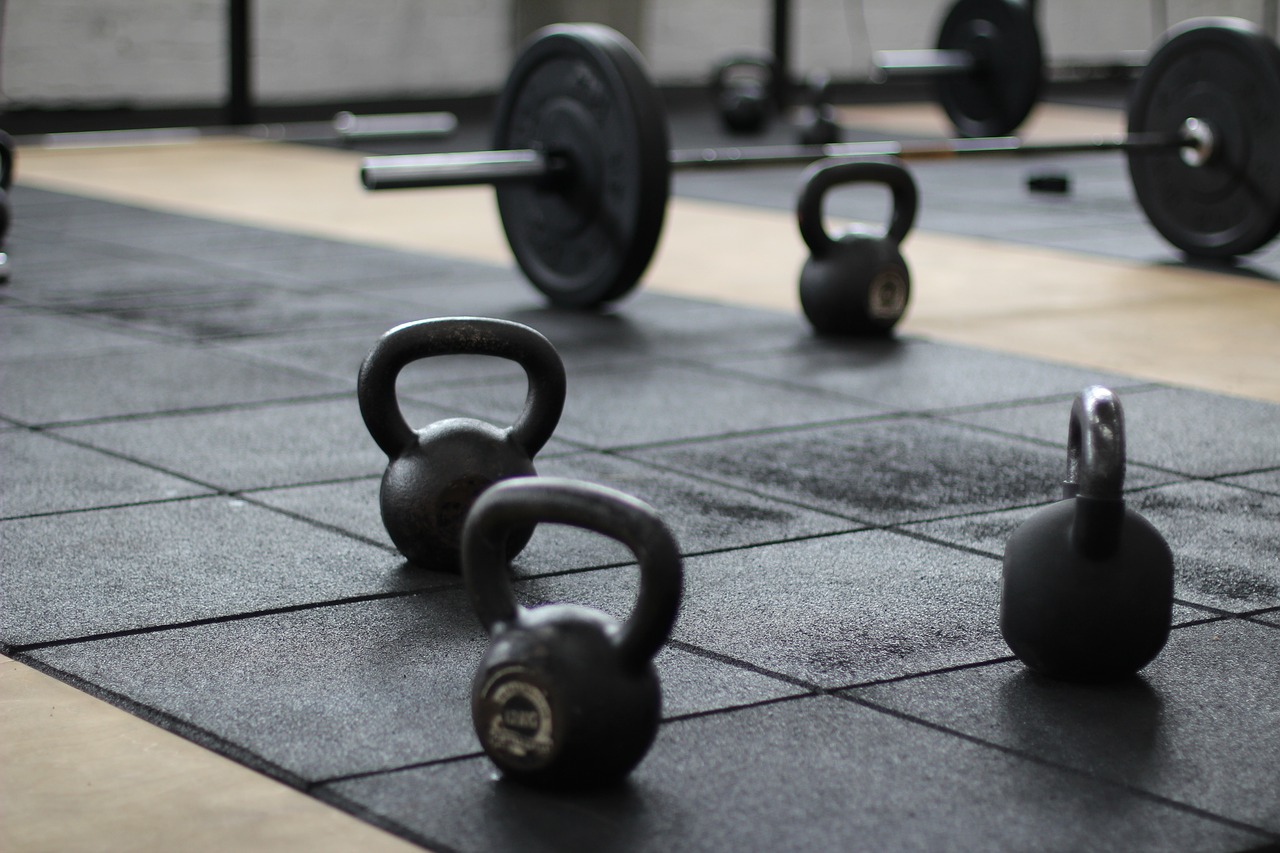What You Can Do To Prevent Running Injuries
Running remains incredibly popular among fitness enthusiasts and professional athletes alike in the UK. This exercise or sport has numerous health benefits, such as building muscular strength, improving bone density, burning calories, and boosting your mood. It is estimated that 6 million people in the UK run once a week to enjoy these and many other benefits. However, it isn’t uncommon for elite runners and novices alike to experience injury setbacks during training. Luckily, there are many ways to reduce your risk of getting injured while running. Here’s what you can do to prevent running injuries.
- Do strength training
A strong body is undoubtedly your best armour against running injuries. This is because strong ligaments, tendons, and muscles improve your form, promote a consistent gait, and guard against impact. Therefore, engage in strength training exercises like wall presses, eccentric heel drops, and stability ball workouts. Additionally, lift as often as your schedule can accommodate, whether at home or the gym. These exercises will strengthen your foot and ankle muscles, glutes, and core. Strength training will also boost muscle tone, bone density, endurance, and resilience.
- Wear proper footwear
Many experts advise that shoes can lower your injury risk because they can change your form and how your body receives repeated running forces. Indeed, research reveals that your shoe cushioning’s firmness can influence your legs’ stiffness and how forces affect your bones, joints, and muscle. Consequently, good quality shoes should undoubtedly feature in your fitness gear for running. This shoe should fit well but leave a little room around your toes. Also, it must apply force in a manner that your body can easily manage. Furthermore, your shoes should be an excellent match for your road or trail. Also, remember to replace your running shoes about twice yearly if you run regularly.
- Improve your form
Your running style also significantly influences your chances of getting injured. Therefore, you can reduce your risks by significantly perfecting key elements of your form. For instance, it is vital to swing your arms appropriately since arm swings are key to trunk stability. Also, run with good posture by keeping your upper torso straight and not arching your lower back. This way, you can avoid putting too much stress on your back and knees and avoid injuries caused by overstriding.
- Train smart
It is no secret that the purpose of any training is to get the most benefits with the least amount of stress. As such, it is critical to train smartly to prevent running injuries. Smart training involves running as slow as possible while meeting the purpose of your exercise and getting the desired results. Therefore, follow a progressive training plan that builds upon each cycle to improve your running program’s safety. This way, you will avoid increasing your mileage too quickly and putting too much stress on your legs which can lead to injury. You can train smart on your own or consult a fitness coach to design a customised training program for the best results.




